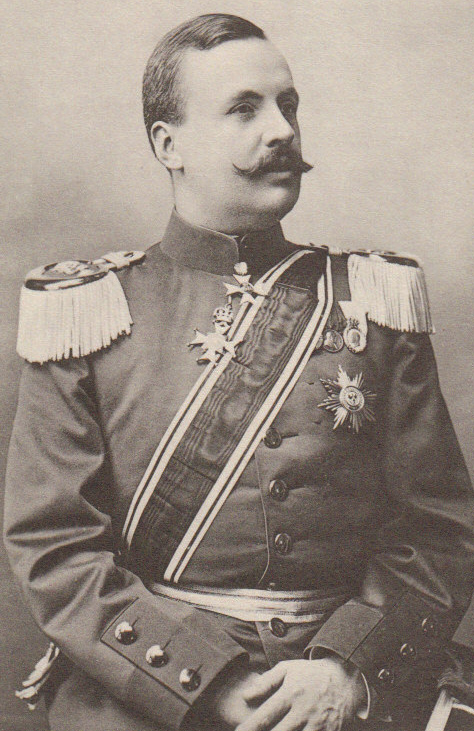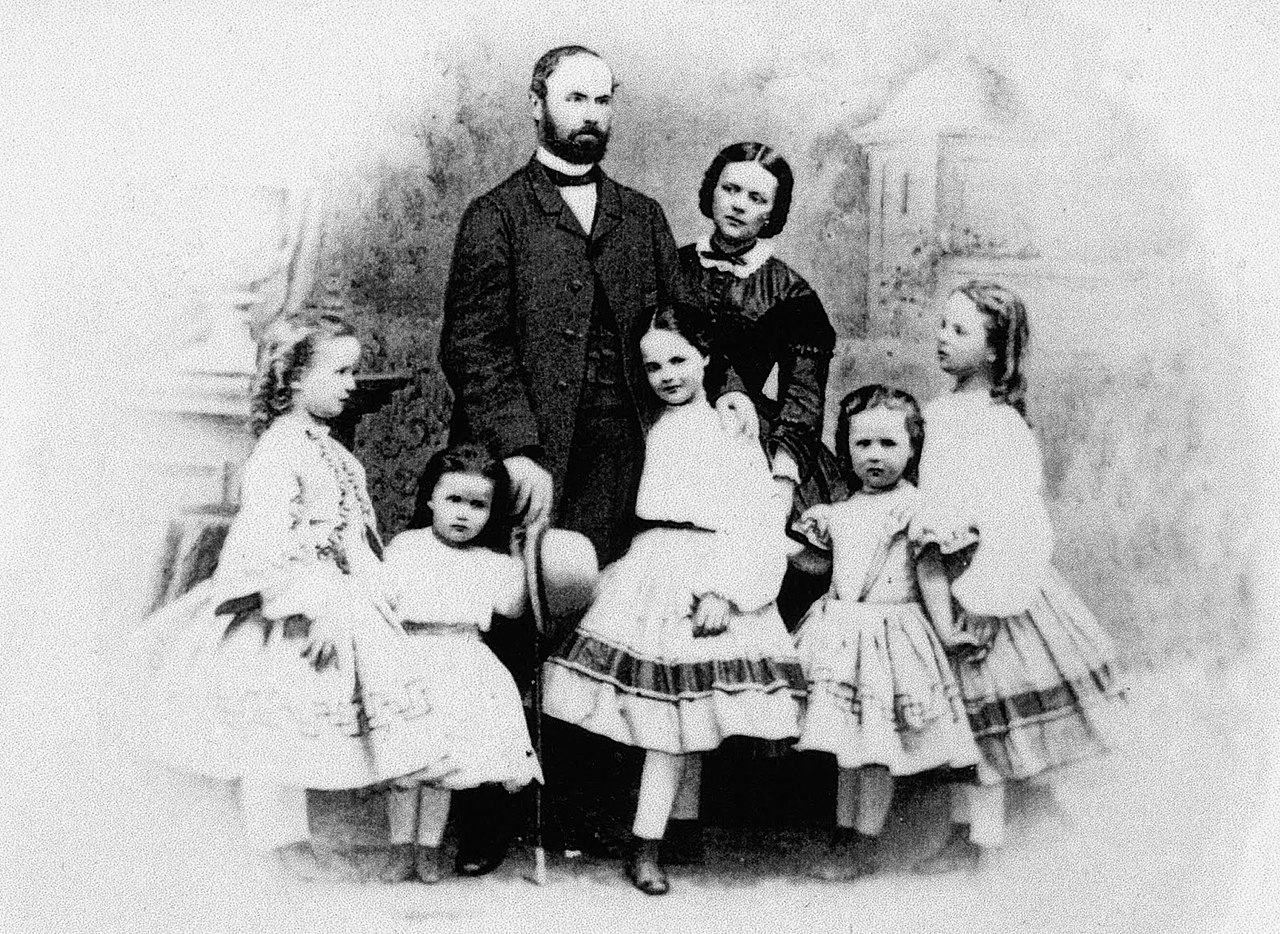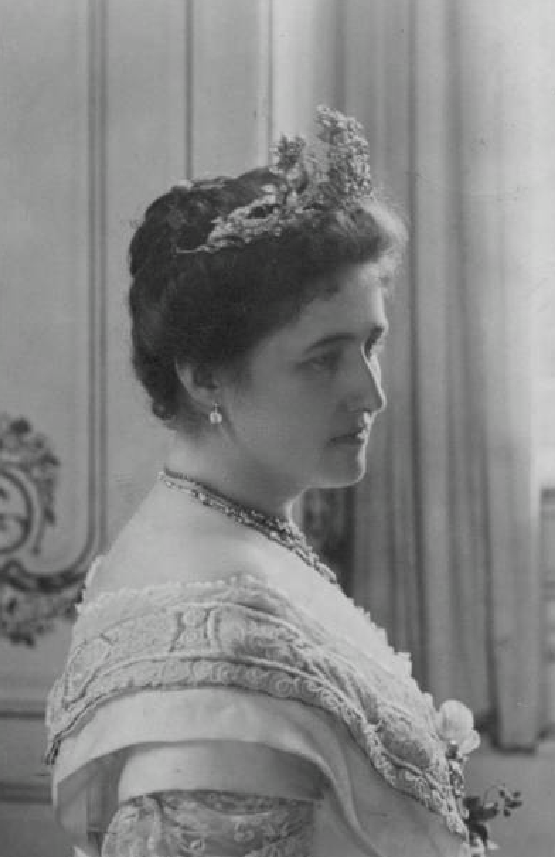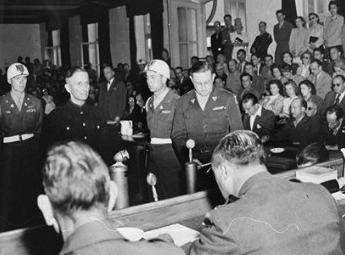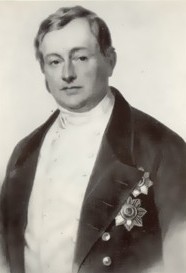by Susan Flantzer
© Unofficial Royalty 2021

Credit- Wikipedia
Prince Wolrad of Waldeck and Pyrmont, who was killed in action two months after the start of World War I, was the only child of Georg Viktor, Prince of Waldeck-Pyrmont and his second wife Princess Louise of Schleswig-Holstein-Sonderburg-Glücksburg, daughter of Friedrich, Duke of Schleswig-Holstein-Sonderburg-Glücksburg and Adelheid of Schaumburg-Lippe. He was born on June 26, 1892, in Arolsen, Principality of Waldeck-Pyrmont, now in the German state of Hesse.
Wolrad had seven half-siblings from his father’s first marriage to Helena of Nassau. Through his half-sister Emma, he was the uncle of Queen Wilhelmina of the Netherlands, the reigning monarch during World War I. He was also the uncle of Charles Edward, the reigning Duke of Saxe-Coburg and Gotha during World War I, and Princess Alice of Albany through his half-sister Helena who had married Prince, Leopold, Duke of Albany, the youngest son of Queen Victoria.
- Sophie of Waldeck-Pyrmont (1854 – 1869), died of tuberculosis at age fifteen
- Pauline of Waldeck-Pyrmont (1855 – 1925), married Alexis, Prince of Bentheim and Steinfurt, had eight children
- Marie of Waldeck-Pyrmont (1857 – 1882), married the future King Wilhelm II of Württemberg, had two children, died in childbirth as did her third child
- Emma of Waldeck-Pyrmont (1858 – 1934), married King Willem III of the Netherlands, had one child Queen Wilhelmina of the Netherlands
- Helena of Waldeck-Pyrmont (1861 – 1922), married the youngest son of Queen Victoria, Prince Leopold, Duke of Albany, had two children including Charles Edward, last reigning Duke of Saxe-Coburg and Gotha whose daughter Sibylla married Prince Gustaf Adolf of Sweden, Duke of Västerbotten, their son is King Carl XVI Gustaf of Sweden
- Friedrich, Prince of Waldeck-Pyrmont (1865 – 1946), married Princess Bathildis of Schaumburg-Lippe, had four children
- Elisabeth of Waldeck-Pyrmont (1873 – 1961) married Alexander, Prince of Erbach-Schönberg, had four children
Wolrad grew up without his father, who died one year after his birth. He was raised by his mother and his half-brother Friedrich, the last reigning Prince of Waldeck-Pyrmont. In 1910, Wolrad accompanied his half-brother Friedrich to the funeral of King Edward VII of the United Kingdom. Wolrad studied at New College, Oxford, University of Grenoble, and Heidelberg University. Because he showed little interest in his studies, Wolrad was directed toward a military career. He became a Lieutenant in the Dragoon Regiment of the Grand Ducal Hessian Division of the Imperial German Army. During World War I, he fought during the early battles, the Battle of the Frontiers (August 7 – September 6, 1914) and the First Battle of the Marne (September 6 – September 12, 1914).
On the evening of October 17, 1914, Prince Wolrad led a cavalry patrol near Moorslede, Belgium. The patrol came under fire from the advancing British troops. Several of the dragoons were hit and fell off their horses and Prince Wolrad’s horse was also hit. The prince and his aide reached a nearby trench, but then Prince Wolrad saw one of his men lying injured a short distance from the trench. The prince crawled to the wounded man and tried to pull him to safety, but was fatally hit by gunfire and died from his wounds at the age of 22.
Prince Wolrad’s orderly wrote of him: “He took care of his people as if they were his own. He was very popular among us. You cannot imagine how sad the Dragoons were when His Highness fell. He was the best officer in the Regiment. He carried out more patrols than anyone else because he could orient himself so well. Everyone wanted to go on patrol with him.”

Princely Mausoleum and Cemetery; Credit – www.findagrave.com
Prince Wolrad was buried in the Princely Cemetery at Schloss Rhoden (link in German) in Rhoden, Principality of Waldeck-Pyrmont, now in the German state of Hesse, where his father had been buried in 1893 and where his mother would be buried in 1936.
This article is the intellectual property of Unofficial Royalty and is NOT TO BE COPIED, EDITED, OR POSTED IN ANY FORM ON ANOTHER WEBSITE under any circumstances. It is permissible to use a link that directs to Unofficial Royalty.
Works Cited
- En.wikipedia.org. 2020. Prince Wolrad of Waldeck And Pyrmont. [online] Available at: <https://en.wikipedia.org/wiki/Prince_Wolrad_of_Waldeck_and_Pyrmont> [Accessed 5 December 2020].
- Flantzer, Susan, 2020. Georg Viktor, Prince of Waldeck and Pyrmont. [online] Unofficial Royalty. Available at: <https://www.unofficialroyalty.com/georg-viktor-prince-of-waldeck-and-pyrmont/> [Accessed 5 December 2020].
- Flantzer, Susan, 2014. October 1914: Royalty And World War I. [online] Unofficial Royalty. Available at: <https://www.unofficialroyalty.com/october-1914-royalty-and-world-war-i/> [Accessed 5 December 2020].
- New York Times, 1915. German Princes Who Have Fallen In The War. [online] Available at: <https://timesmachine.nytimes.com/timesmachine/1915/10/31/101570495.pdf?pdf_redirect=true&ip=0> [Accessed 5 December 2020].

